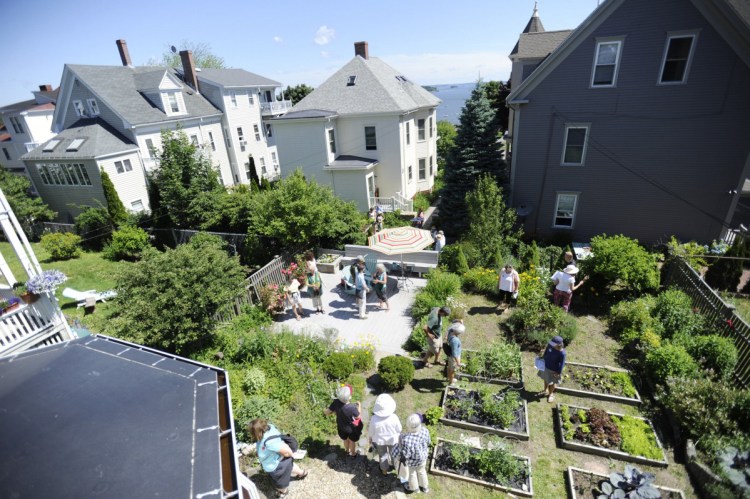Contrary to comments by Munjoy Hill Neighborhood Organization President Jay Norris in the April 2 Press Herald, not all neighborhood residents support the proposals for historic districts. Restrictions would be onerous and counterproductive.
In addition to its proximity to the water, the breadth of architecture – pre-Civil War to 21st century – makes Munjoy Hill an enjoyable place. The blossoming of new design in the last 10 years is a positive sign of the neighborhood’s vibrancy. Given the decades of neglect, unfortunately, many structures have exceeded their useful life. It is unrealistic – and undesirable – to save everything. Not all old buildings should be considered sacrosanct. The planning process should encourage creativity and innovation, but don’t micromanage.
The city should support residential growth for all income levels; our new wealthier neighbors are not the enemy. Nonetheless, the city should consider lowering the minimum size of projects in which a developer must set aside space for “affordable” housing from 10 to five units. New development or substantial renovations should include at least one off-street parking space per unit.
However, historic district status goes too far. By requiring that substantial repairs or alterations to the exterior first receive the approval of the city, historic district status curtails property rights. Such status would increase ongoing maintenance and renovation costs even as many owners of multi-family buildings struggle to keep rents affordable.
Constrictions on future development, including the option for demolition, impinge on a property owner’s rights to maximize profit. For many, property is their single largest asset, and property ownership is an essential piece for long-term care planning.
Remember the maxim “first, do no harm.” I encourage the city to proceed conservatively and cautiously in restricting new development on Munjoy Hill.
Elizabeth Miller
Portland
Send questions/comments to the editors.


